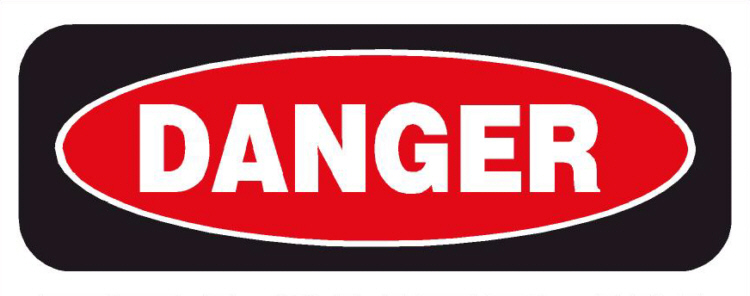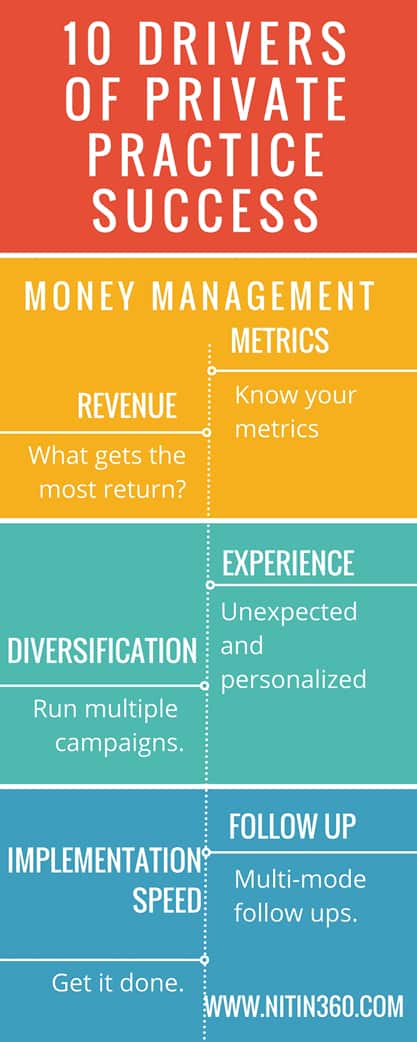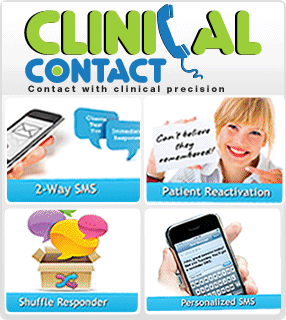Today, I would like to teach you about something that’s happening every single day, behind the scenes. It’s something you may not realize, and if it goes unchecked, can hurt the long term survival of your practice.
It is the erosion of the attention span of patients and referral sources.
If you take a look at my hand in the video, I’m holding some sand, and it is simply slipping out, something that happens despite my best efforts.
This is a graphic representation of the erosion of the patients’ attention span. If you are not making a conscious effort to try and get the attention of the patient, while the patient is in your clinic, getting treatment from you (and after discharge), you’ll lose them forever. Remember, patients have a very limited attention span and if you are not actively and continuously engaging patients using newsletters, text messaging campaigns, emails, regular mail and through phone calls, they will simply slip through your fingers like the sand in my hand.
Unless you do something about it, you are becoming less and less relevant to patients every single day.
 This is a very dangerous situation to be in.
This is a very dangerous situation to be in.
Don’t make the assumption that patients are going to remember you and come back to you because you are a good therapist and a nice person.
We live in a competitive climate, and most savvy private practice owners will tell you that those days are over.
At this point, it is very likely that your competitors have tried getting your patients’ attention. In fact, they are competing to get the attention of your referring physicians and referral sources as well. If you are not continuously engaging the physicians who provide you with referrals; if you are not constantly giving them value; if you are not giving them a valid reason to continuously refer you, I can assure you that someone else is doing it or will do it.
In other words, someone else will take your place.
What goes around comes around. If you do it continuously, you are going to build a valuable asset in your practice which is basically a relationship with patients, with physicians, with referral sources. It doesn’t matter how big your list of physicians, referral sources and patients is, what matters is your relationship with these individuals.
The stronger your relationship with individuals in your lists, the better your chances in engaging these individuals and getting them to take the ‘desired actin’. This desired action can include:
- Patient referrals (from physicians)
- Friends and family referrals (from patients)
- Reactivation of existing patients
The BIG rules of communication are:
As I said, what goes around comes around. People don’t like to be in ‘value based debt’. People just like to give back and when you give value, you can get back value many times over.









